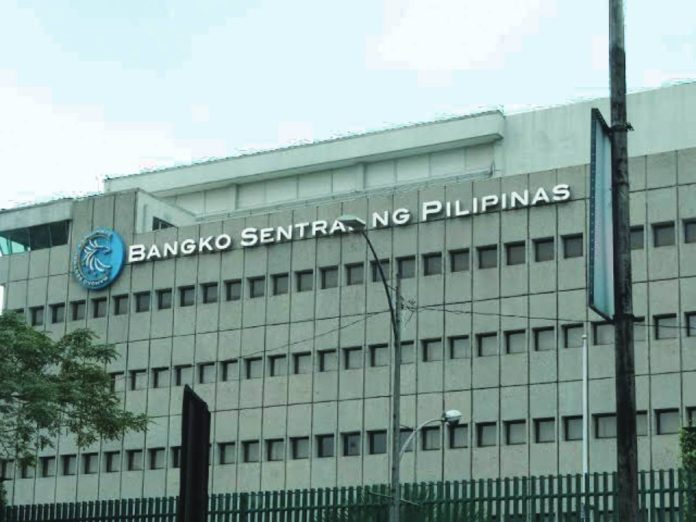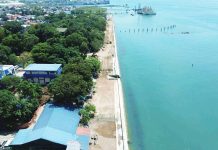
BAD loans in the Philippine banking system fell to a three-month low in June this year, helped by the central bank’s ongoing interest rate cuts, which could ease debt servicing burden.
However, lenders remain cautious and have increased their provisions to cover possible credit losses.
Latest data from the Bangko Sentral ng Pilipinas (BSP) showed nonperforming loans (NPL), or debts that are 90 days late on a payment and at risk of default, cornered 3.34 percent of the local banking industry’s total lending portfolio.
That figure, called the gross NPL ratio, was the lowest since March 2025, when the ratio stood at 3.30 percent.
In peso terms, this means P530.29 billion of the domestic banking sector’s P15.88 trillion loan book had soured in June. That amount of NPLs was 5.5 percent higher compared with a year ago.
The easing of bad loans came amid the ongoing interest rate cuts by the BSP. At its meeting last June, the powerful Monetary Board (MB) trimmed the policy rate, which banks use as a guide when pricing loans, by a quarter point to 5.25 percent.
It was a widely expected decision that brought the cumulative rate reductions under the current easing cycle to 1.25 percentage points. The MB has three more policy meetings scheduled this year — in August, October and December.
When the BSP’s highest policymaking body convenes on Aug. 28, it will have fresh domestic and global data in hand. Jesus Mariano Ocampo, president and COO of the Investment & Capital Corporation of the Philippines, an investment house, said a low inflation environment could pave the way for further easing.
“Benign inflation also provides the BSP with a lot more leeway to cut rates — at least another 50 bps (basis points) up to the end of the year. Lower rates should provide an impetus to productive activities,” Ocampo said in a commentary.
Despite the improvement in asset quality, banks continued to bolster safeguards against unpaid loans.
BSP data showed lenders set aside P505.91 billion as allowance against credit losses in June.
This brought the NPL coverage ratio, a measure of sufficiency of the buffer funds, to 95.40 percent — the highest in six months or since December 2024’s 96.04 percent. (Ian Nicolas P. Cigaral © Philippine Daily Inquirer)







